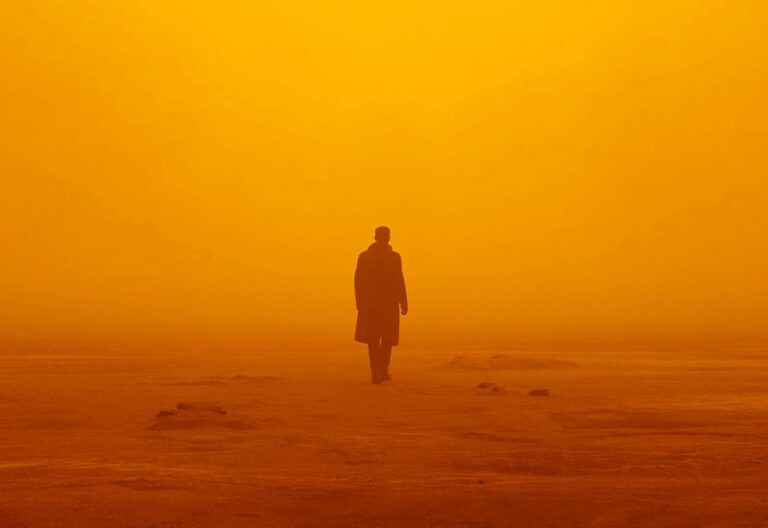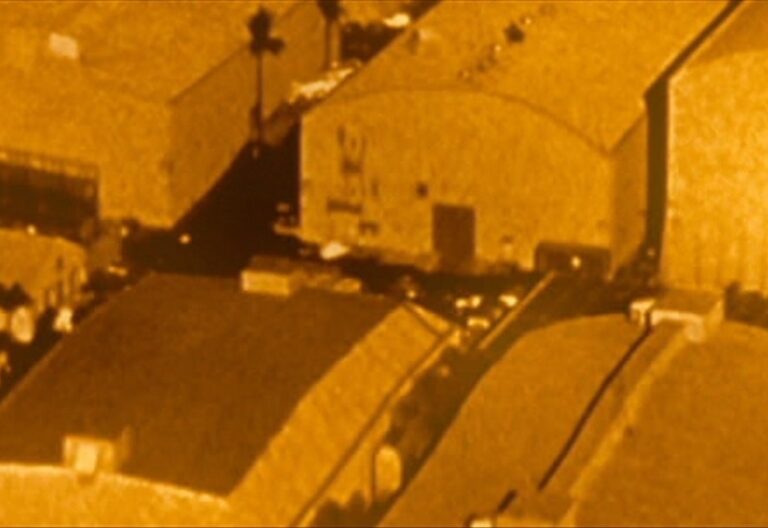what is film production exactly?
Film production is the process of creating a film from its initial concept to the final product. It involves numerous stages, each requiring a collaboration of talents, skills, and resources. The process can be broadly divided into five main phases: development, pre-production, production, post-production, and distribution.
Published by: CinemaWaves Team | Filed Under: Film Blog
Defining Production in Film
Film production is the entire process of creating a film, encompassing everything from the initial idea to the final product that audiences see on screen. It is a highly collaborative effort that brings together various creative and technical talents. The process involves developing a script, planning and organizing the shoot, filming, editing, adding visual effects and sound, and finally distributing the movie to theaters or other platforms.
The goal of film production is to take a concept – whether it’s a fictional narrative, documentary, or animated feature – and transform it into a visual and auditory experience that can engage, entertain, or educate. It is a complex process that requires careful coordination, creativity, and technical skill at each step to ensure the final product meets the desired artistic and commercial objectives.

The Phases of Film Production
Development: This phase is when an idea or concept for a film is conceived and transformed into a workable project. Screenwriters draft the script, and producers work to secure funding and attach key creative talents like the director. It is also when initial decisions about the film’s genre, target audience, and overall tone are made. Development can take a significant amount of time, as securing the necessary resources and refining the script are critical to the success of the film.
Pre-Production: It is the planning phase of film production. During this stage, all the logistical elements of the film are organized. This includes casting actors, scouting locations, designing sets, and creating a production schedule. The director collaborates with various departments – such as cinematography, costume design, and set design – to ensure that everyone is aligned with the vision for the film. Budgeting is also a key component of pre-production, as it involves allocating resources effectively to avoid overspending during the actual shoot.
Production: Or principal photography, is when the actual filming takes place. During this phase, the director works with actors and the crew to capture the scenes outlined in the script. This is often the most time-intensive and expensive part of production in film, as it involves setting up scenes, filming multiple takes, and ensuring that every detail aligns with the director’s vision. Cinematographers, sound engineers, and other key crew members play vital roles in capturing the visual and auditory elements of the film.
Post-Production: This is where the film comes together. Editors work to assemble the raw footage into a coherent narrative, trimming and arranging scenes to create the desired pacing and flow. Visual effects are added, sound is mixed, and music is composed and integrated into the film. This phase also includes color correction and grading, ensuring the film’s visuals are polished and consistent.
Distribution: The final phase of production in film is distribution, where the completed film is brought to audiences. This can involve a theatrical release, distribution via streaming platforms, or physical media like DVDs and Blu-rays. Marketing and promotional campaigns are usually launched in conjunction with distribution to generate buzz and attract viewers. The success of the distribution phase can significantly impact the film’s commercial performance and cultural influence.
What is a Producer?
A producer is one of the most pivotal roles in film production, responsible for overseeing the entire process from development through to distribution. Producers are the driving force behind a film, ensuring that the project stays on track creatively, financially, and logistically. They are involved in every phase of production, making key decisions that influence the direction of the film.
Producers “wear many hats,” acting as mediators between the creative team and the business side of the industry. They work closely with the director, screenwriters, and other key personnel to shape the vision of the film, while also managing the budget, securing funding, and handling contracts. Depending on the size and scope of the project, there can be different types of producers with specific roles, including:
Executive producer: Often responsible for securing financing and bringing the major players together, an executive producer may have less involvement in the day-to-day operations of the film but is crucial in getting the project off the ground.
Line producer: The line producer handles the budget and day-to-day operations, ensuring that the production stays on schedule and within budget. They are the most hands-on, dealing directly with the logistics of the shoot.
Associate producer: An associate producer assists with various tasks, which can vary widely depending on the needs of the production. Their role is more flexible, filling in wherever necessary to ensure the project runs smoothly.
Co-producer: A co-producer shares responsibilities with other producers, usually focusing on specific areas such as post-production or managing certain departments within the production.
The Evolution of
Film Production
Film production has evolved dramatically since the early days of cinema. Technological advancements, from the introduction of sound and color to the rise of digital filmmaking and CGI, have expanded the possibilities of what can be achieved on screen. The advent of streaming platforms has also transformed the distribution landscape, allowing filmmakers to reach global audiences more easily than ever before.
In addition to technological changes, the collaborative nature of film production has become increasingly complex. Large-scale productions now involve hundreds or even thousands of professionals, each contributing specialized skills to the final product.
Refer to the main page for more educational insights on filmmaking and cinema history.
Cinematography is the art and craft of capturing visual images for film or digital media. It involves the use of cameras, lighting, composition, and movement to tell…
Special effects in film have always been a kind of magic – tricking our eyes into seeing the impossible, making the unreal seem real. It’s a craft that’s been around almost…
The studio system was a dominant force in Hollywood from the 1920s to the 1950s. It was characterized by a few major studios controlling all aspects of film production…
Film theory is the academic discipline that explores the nature, essence, and impact of cinema, questioning their narrative structures, cultural contexts, and psychological…
Independent film, often called indie film, is produced outside the major studio system. Its roots can be traced back to the early 20th century, when filmmakers began seeking…
In the late 1960s and throughout the 1970s, until mid 1980s, a cinematic revolution unfolded in Hollywood that would forever change the landscape of the film industry. American New…






